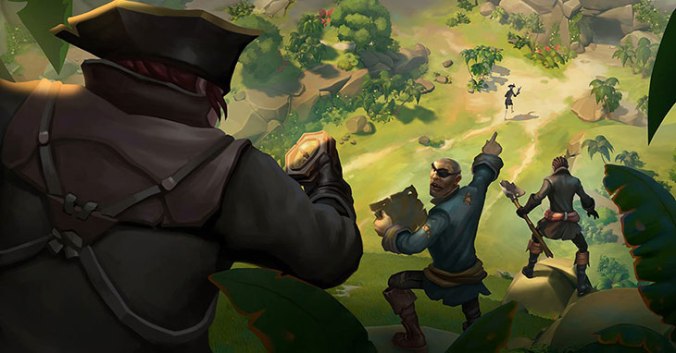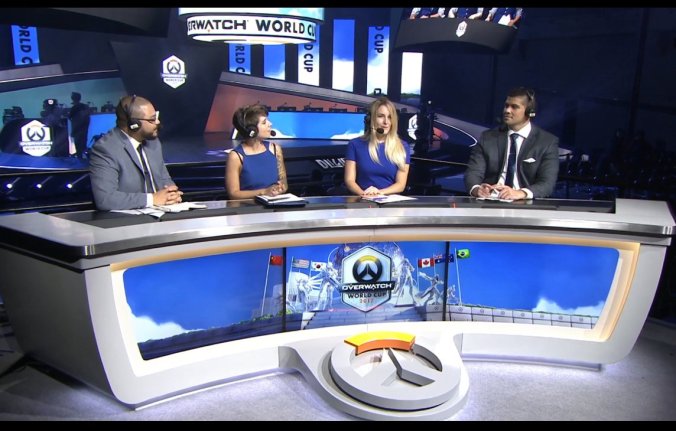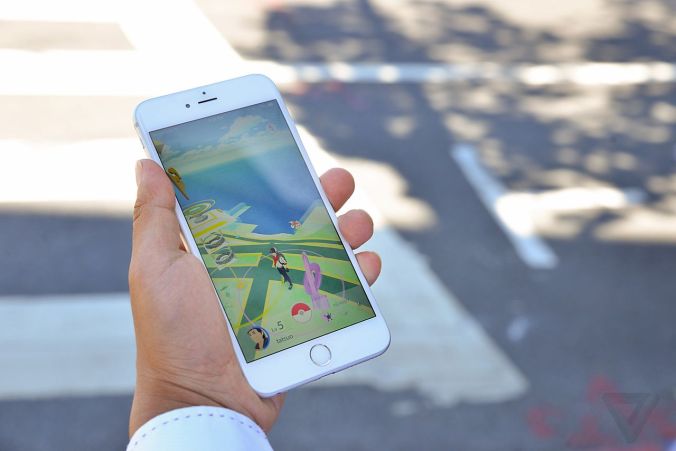When I wrote a post about why I believe the Microsoft Minecraft Education Edition needs scrutiny, I knew that those whom have seen value in associating themselves with it, would probably prefer I shut up or rebuff my post. Fair enough, people are free to have their opinions too.
My belief is that introduction of video games as texts is key to quality media literacy education for young children. It’s an areas of research and practice that I am more than happy to tank on behalf of those whom might not and I don’t suck up to brands. If brands tell the truth, then we’re all good – but they are not doing that – in my opinion.
Let me break down some of the marketing spin to explain my position (beware brands using games to exploit children).
Children learn naturally through a combination of observation, trial-and-error, and play-based practice
It would be nice if this was true – but childhood is far more messy. This claim is perhaps more true of early childhood than later – but MSMC targets primary and middle school markets – using the emotional appear of a creative (Robinson-eque) deficit. There’s little to go on here, and it assumes you either know or just buy into the statement.
The academic literature says is that early experiences either enhance or diminish innate potential, laying either a strong or a fragile platform on which all further development and learning of the person, the body and the mind is built. The longer children spend in adverse environments, the more pervasive and resistant to recovery are the effects. We also know parenting practices such as reading to children, using complex language, responsiveness, and warmth in interactions are all associated with better developmental outcomes. This is why you are hearing about games and their negative effects. Minecraft is not isolated from this, simply because it’s a sandbox – it’s implicated in the discussions about ‘screen time’. Even that’s often a false debate – as it’s not the time spent that matters so much as what they are doing in the time. For a teacher, what can I do in an hour? What games best facilitate the discussion and outcomes I want for my students?
Minecraft encourages independence and self-direction, allowing students the freedom to experiment and challenge themselves. Much like real-life, there are no step-by-step instructions – students must try, fail, and try again to achieve the result they want.
All games require interaction and while the machine upholds the rules (even in Minecraft), the freedom is within boundaries set by the rules. This is basic game-theory. We also know that intrinsic motivation is a good deal more complex that is being said here … and that fundamentally this games (like most commercial games) is a form of interactive media leisure. At best it’s being repacked as ‘childrenware’.
There is no such thing as ‘real life’. All children’s lives are contextual. We also know that children’s own experiences and backgrounds play a key role in their access to, and belief about media. The suggestion here is that MS MC allows children to somehow navigate ‘real life’ better as a result of buying this product. Let me return to the literature. The body of Australian and international research has found correlations between poverty and behaviour, concluding that being born into deprived circumstances has negative effects on child outcomes and life chances (see for example Bor, 1997; Mitchell, 2009; Shonkoff & Phillips, 2000; NICHD, 2005). This means ‘real life’ is not a market-segment created by marketing departments – and this at the heart of the essential battle for media literacy.
Children’ s goals and curriculum goals are not easily aligned. It’s nieve to think that what children want – and what they can create within this sandbox are aligned, or that goals are somehow driving their actions more than curiosity, imagination and autotellic creativity. Education is driven by goals – and that’s why this is included in the passage.
There is a clear marketing claim throughout the homepage that Minecraft is good for children and that parents are external to the purchase use in the classroom. It ignores the fact that Minecraft is still banned by many schools (games are seen as facile in school governance culture). Special arrangements are to be made for it – and of course tagging Edu on the end sanitises and placates the same powers who refuse to accept alternative views of media literacy and media education – ie those that promote play and games as core drivers of school life. Microsoft are tapping into this debate – because it attracts debate and therefore brand recognition. Few teachers will have heard of Project Spark on Xbox One. Lots of teachers are hearing about “hour of code” and “Minecraft” and yet here’s a game (and community) that allows kids to make very high end games – in the MS stable. Why is that not the flexible platform being pushed? (answer: marketing and onboarding to the MS Office 365 ecosystem). Notice you need to move to Windows 10 to buy into this game.
So what about parents? Why do all these experts and marking passages omit them?
In the early years, the strength and quality of the relationship between parents (and close family) and their children is being seen as fundamental to the effective development of children’s brain architecture, functions and capacity. Parenting practices such as reading to children, using complex language, responsiveness, and warmth in interactions are all associated with better developmental outcomes. My point is that ‘real life’ begins before school and that good health, nutrition and exercise are critical to children’s development.
Learning-by-doing in Minecraft teaches students independence and perseverance, giving them great satisfaction and sense of accomplishment when they can demonstrate their knowledge
Now we are getting into very dubious claims, which are homogonising how memory works at different stages of development – again, much of this page is written around broad themes associated with early childhood for a product that is aimed at later stages.
Knowledge acquisition can happen long after the original acquisition of the memory providing the new learning is in the same spatial context as the original learning. If the context is new, a new episodic memory is created (Hupbach et al., 2008). So yes, kids playing games inside game systems do remember those episodes and use them inside the system again and again. Watch your 15 year old play Call of Duty to see this happen. BUT emotional context also influences memory, young children remember (low order) words given in a positive emotional context than those in a negative – therefore the language of games (in game feeback) is a key driver of independence and perseverance – and not the LACK of it as you find in MSMC.
Now curriculum – well let’s think AUSTRALIAN curriculum. I’ll be specific – as MSMC seems not to be – and will just touch on ONE dimension.
Children are born to learn. This is a key driver of how we go about education. At no point are we hedging our bets or subscribing to the ‘not good at life’ rubbish. Learning is developmental and cumulative, there’s no evidence to support the claim (in Minecraft) student activities (map) directly to specific learning outcomes and curriculum standards nor there any deficit in the framework which Microsoft have redressed.
The outcome of all learning in Australian schools is that children become confident and improved learners where “belonging, being and becoming” is core. Children are then placed in secure, respectful, reciprocal relationships. Teachers are responsive to children and have a strong sense of identity, connect and contribute to their world.
I am not anti Minecraft, quite the opposite. My students have a Pocket Server and a PC server which they built a year ago and run. I have zero involvement and they use it when they feel like it in our PBL projects. They create learning folios, use fraps etc., so to me, I don’t need to make place the game on a special platform.
What teachers need to know (and learn if they took my CSU INF541 course on game based learning) is that a contemporary media landscape in school is already set out in curriculum frameworks from the Early Years onward.
Specifically, the Australian curriculum wants teachers to allow children to play a range games.Games that strengthen social/emotional development and abstract thought – pretend and role play, group, turn taking, humour, language, drawing, ball games, rhyming and word games, stories.
I could pull the whole thing apart, but I think if you’re got to here … you’ve got a good idea of where I am with MC MC Edu. There is a huge issue with believing the hype – not least the missed opportunity to play a range of games.
Have you played the FREE Robocraft? Have you even downloaded STEAM?
Beware shiny things! Beware marketing based on emotional appeals and generalisations … and figure out why are people saying this about Minecraft now? and what are they telling me to do (and therefore not do).
I realise a bunch of people are going to be invested in this version and will not care or agree with me … but I have never been interested in playing nicely with brands – when the main fight is still – games are a media literacy deserve to be in schools on their own merit (not because they are backed by MicoGoogleAppledoms).




